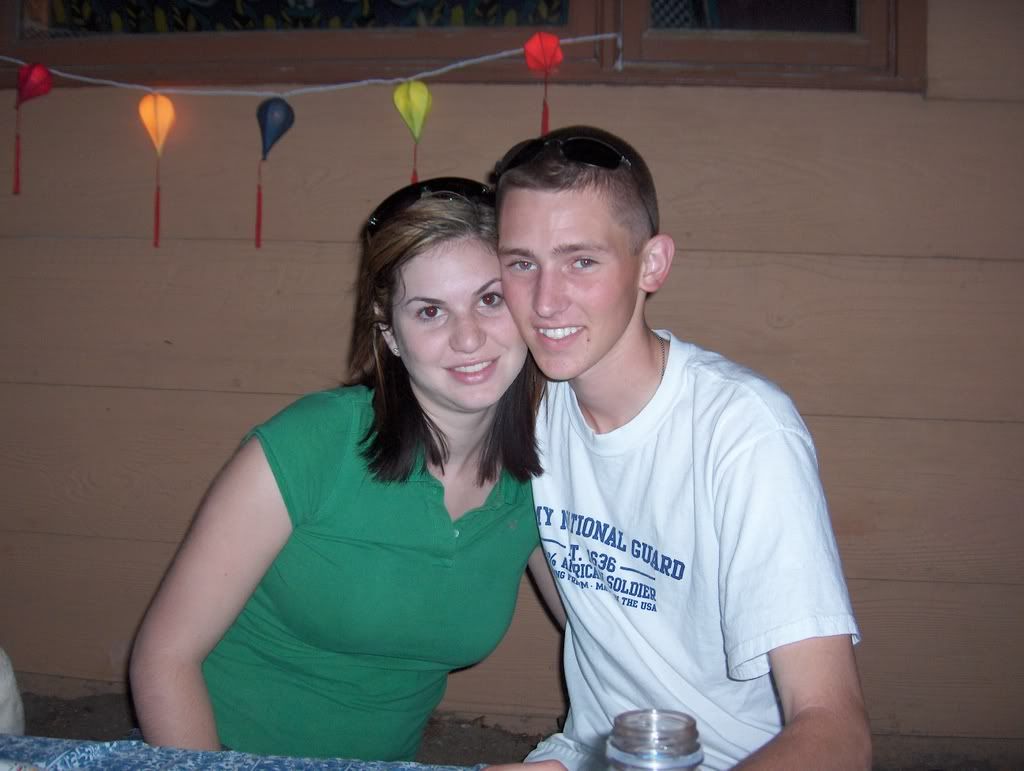Post 2
There are many cultural contexts that play large roles in the understanding, organization, writing, and reading of The New York Times. When reading the articles in The New York Times the reader needs to have a basic or general knowledge of what is going in the world at that point in time, especially of current political doings and news. In addition to knowing what is going on in the world, it is imperative that the reader also have a basic or general knowledge of who plays what role in our society, or even the world for that matter. The reader must also have some knowledge of what has happened, what is going on, what is proposed to happen, etc and when these things have, will, or should take place. In addition to knowing when, the reader must also know where these events have, will, might, or should take place. Most important of all though, the reader needs to have at least a vague grasp on the reasons why these events are occurring in our world.
It is crucial to the understanding and comprehension of this website and all of its references that the reader is able to understand at least one of the who, what, when, where, and why of the article or video that they choose to read or view. If the reader does not understand at least one of these crucial cultural contexts, the reader will not be able to follow anything in the article with ease, or even have a vague understanding of what they have just read. If the reader understands the who of what they are reading or watching on the website then it is easier for them to figure out or at least attempt to piece together the other major components necessary for complete understanding of it. If it is the what that is understood by the reader prior to viewing something on the website, then it is easy to figure out the who, the when, the where, and the why. It is like this for the other crucial cultural components that are necessary in the understanding and comprehension of the content of what they are reading or viewing on the website; if the reader understands or has some knowledge of at least one then they are more likely to be able to piece together the others.
If the person who is either reading or viewing an article or a video clip on The New York Times website has no idea what is going on in our country, who is involved in what, what is happening where, why events are occurring, and other various things like that, then it is not possible for them to have a complete understanding or comprehension of the references of the website. As was mentioned above, the reader or viewer needs to have a vague knowledge or notion about or of at least one of the cultural contexts; the who, the what, the when, the where, and the why. If they understand at least one of these it is easier for them to pick up on the other ones and piece them together to form the bigger picture and have a better understanding of what is going on.
Labels: ~

